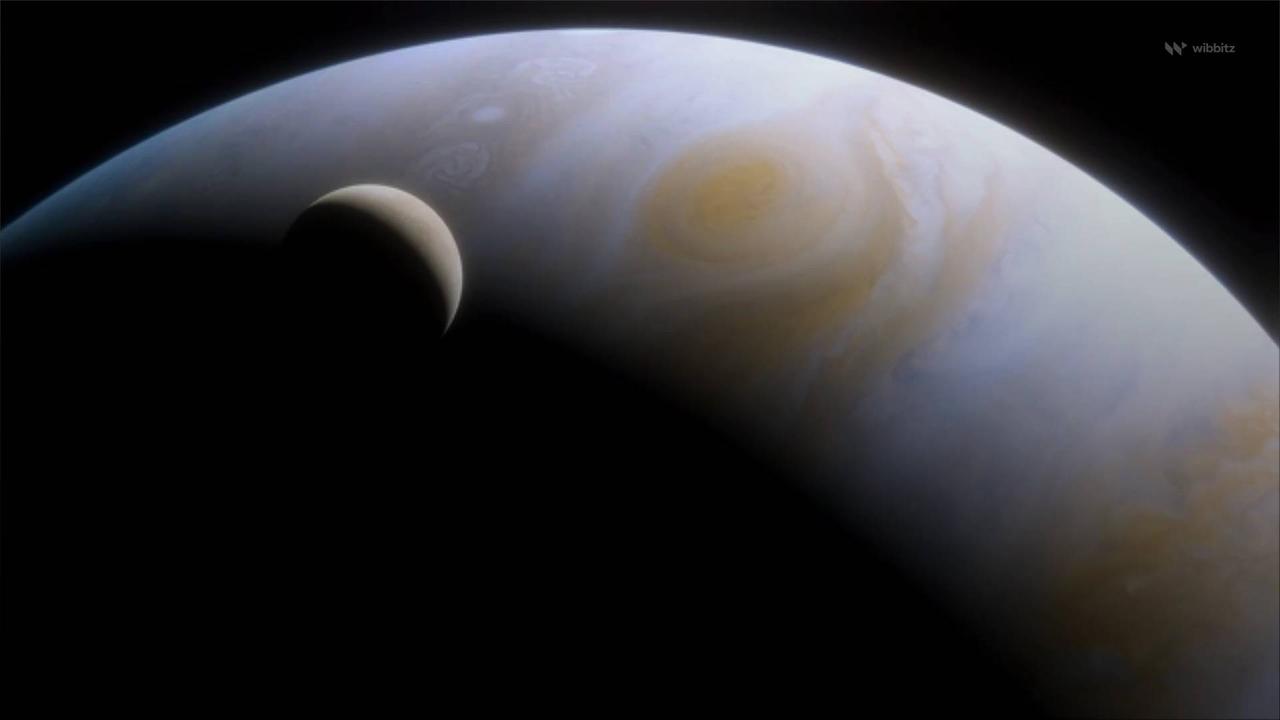
November Highlights , Jupiter, King of Planets, , in the Night Sky.
'The Independent' reports that November will bring Jupiter to its closest distance from Earth this year, appearing high in the southern night sky.
Jupiter, named after the king of the gods in Roman mythology, has the largest moons of any planet, including Ganymede, which can be visible to the naked eye.
Jupiter, named after the king of the gods in Roman mythology, has the largest moons of any planet, including Ganymede, which can be visible to the naked eye.
Ganymedes, the largest moon in our Solar System, is even larger than the planet Mercury.
Jupiter's massive moons include Callisto, which is almost as large as Ganymedes, in addition to Io and Europa, which are about as large as our own moon.
Jupiter's massive moons include Callisto, which is almost as large as Ganymedes, in addition to Io and Europa, which are about as large as our own moon.
Due to Jupiter's powerful gravity, astronomers have already identified at least 95 moons in orbit, and believe that its entire retinue exceeds 100 moons.
'The Independent' reports that Jupiter itself is the largest planet in the solar system, equivalent to 1,300 Earths.
.
'The Independent' reports that Jupiter itself is the largest planet in the solar system, equivalent to 1,300 Earths.
.
Jupiter also has the fastest orbit around the sun, with a Jovian 'day' coming in at at under ten hours long.
The massive planet is entirely comprised of gas, lacking any solid surface, and is slowly shrinking as a result of its powerful gravity.
This gradual compression generates heat, which means that Jupiter radiates twice as much heat as it receives from the Sun, with a core temperature of 35,000 Celsius.
.
NASA's Juno mission is currently orbiting Jupiter, while the Jupiter Icy Moons Explorer (JUICE) is on its way to begin examining the planet's satellites.
.
NASA's Juno mission is currently orbiting Jupiter, while the Jupiter Icy Moons Explorer (JUICE) is on its way to begin examining the planet's satellites.
